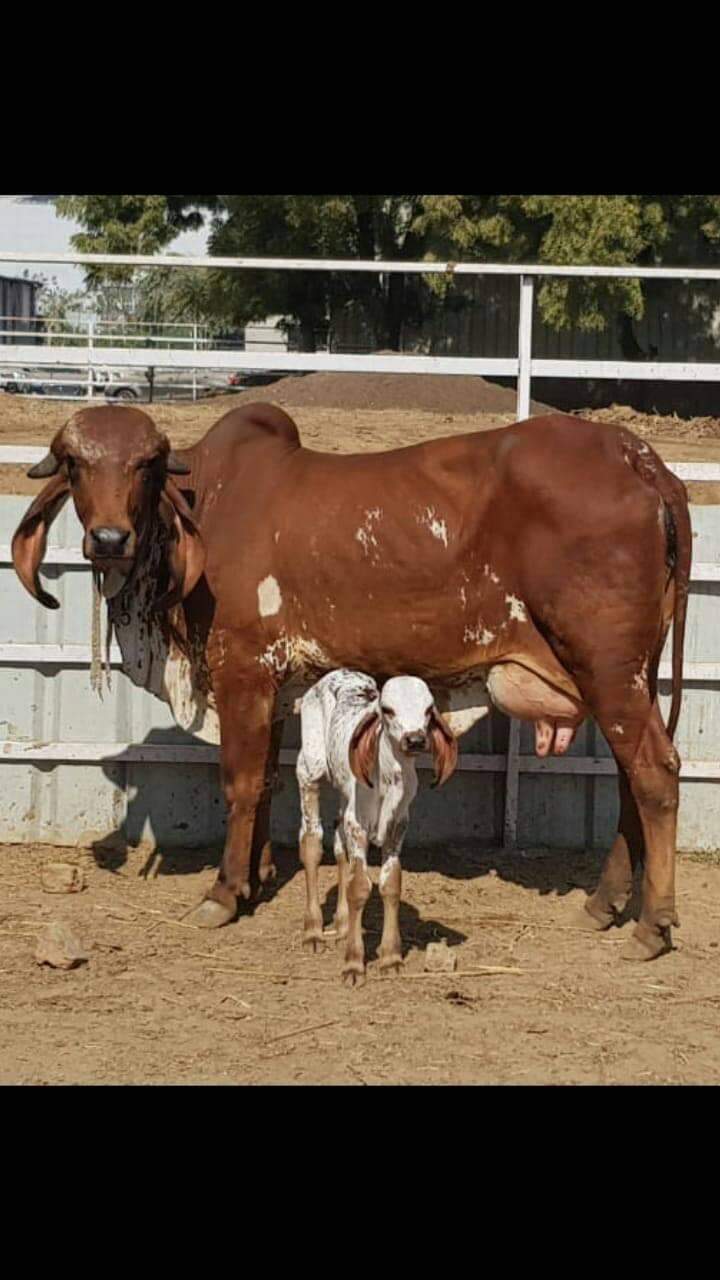Seasonal Management of Cattle
Winters———–
- Bedding should be provided to calves in winters. Deep straw bedding allows the calf to create a nest to help reduce heat loss and exposure to drafts.
- In severe winter, it is essential to protect the calves from cold draft especially for five days after birth. The air movement at calf height should not exceed 0.25 metres per sec to avoid the risk of chilling draughts.
- Calves require additional energy to maintain their body temperature and grow. This increased energy requirement can be met by supplying the calf with an increased volume of liquid milk.
- Feeding 3 times per day under severe conditions to prevent digestive upset. Offering warm water at least once a day during winter months will help to cope up with winter stress.
- If calves appear to be showing signs of hypothermia (depression, weakness, loss of appetite, abnormally cold extremities), they should be kept in closed room with adequate ventilation and body covers is sufficient. Warm blankets may be used to make the calf comfortable. Adequate ventilation to prevent moisture and carbon-dioxide build-up is necessary.
- Incidence of Cryptosporidium spp. infection as well as mange is high during the month of January.
- In case of infestation, application of ivermectin @ 0.2 mg per kg or 1 ml per 50 kg b. wt. gives satisfactory results. Alternatively, repeated dipping of animals and spraying of infected premises with common acaricides like cypermethrin or amitraz is also helpful.
Summers—————
- Construction and ventilation system of calf barn should be done by keeping the geographical location and the pattern of maximum and minimum temperature of that area in mind.
- Environmental comfort zone for calves should range from 10-21°C. If the environmental temperature of the calf barn goes above the upper limit of the comfort zone, productivity will fall progressively.
- Provision should be made to make plenty of clean drinking water available. An effective fly control mechanism should also be put in place.
Monsoon/Rainy Season—————
- Due to increased problems of parasitic diseases (gastrointestinal parasites:Strongyloides spp. infection), ticks and tick borne diseases (Eimeria spp.) increase manifolds in the animals) during the months of July. Therefore regular and repeated application of new generation acaricides is useful.
- Pour on flumethrin (1% sol) @ 1 ml/10kg evenly from front of shoulder to base of tail along midline of the back.
- However, after application of acaricides, the calves should be kept in shade for few days.
- Crevices and cracks in the walls which are the major hide-outs for ticks should be sprayed with acaricides.
contributed by N. Rana and Sunesh


